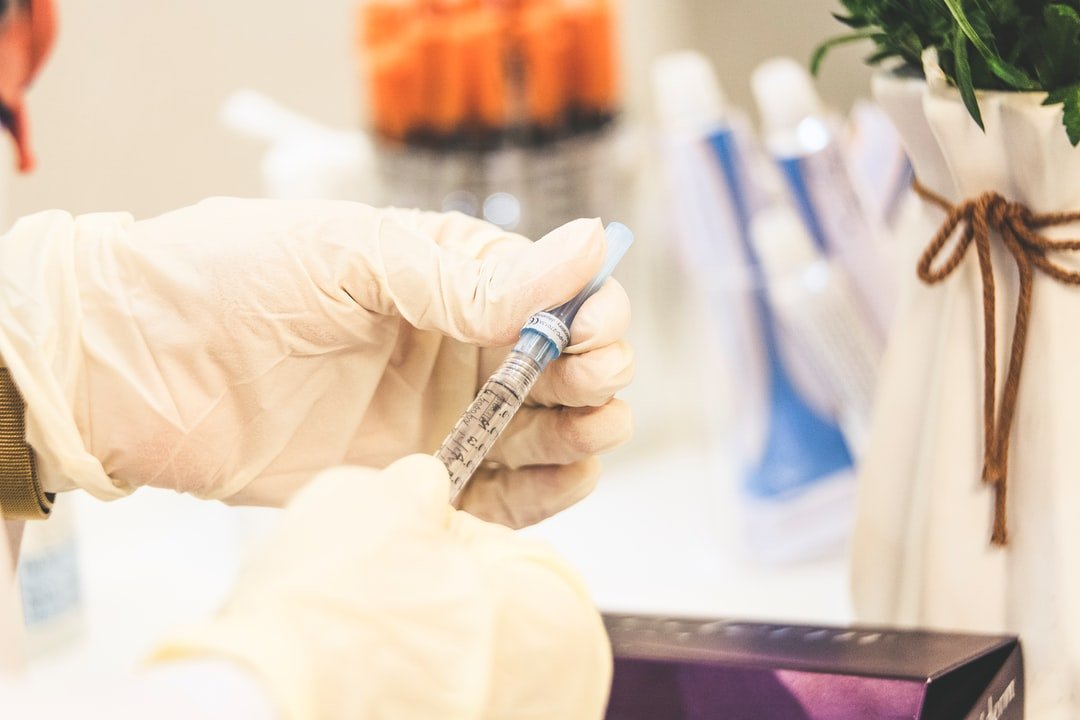Tips for Choosing a Syringe Filter

Selecting the right syringe filter is crucial for a number of reasons. The filter body should be appropriate for the type of sample being filtered. Choose from reusable stainless steel or polycarbonate filters for general applications. A number of factors can affect the choice of a syringe filter, from cost to material. Additionally, here are some tips for selecting the right syringe filter.
The pore size is another key factor in choosing the right syringe filter. The smaller the pore size, the less the particle will be able to pass through the filter. Pore sizes can be 0.05 um, 0.70 um, 0.22/0.22 um, and even one micron. A filter with a finer pore size requires higher pressure to pass through it, but smaller pore sizes are preferred for general applications.
If you are working with organic solvents, polytetrafluoroethylene membranes are the most suitable choice. These membranes are hydrophobic in nature and have minimal protein binders. They are also compatible with organic and aqueous solvents. Generally, they come with a yellow housing body. The yellow color coded housing body helps you identify which type is best for your needs. If you're concerned about the chemical compatibility of a certain membrane, choose a syringe filter made from a non-ionic material, such as polyvinylidene difluoride (PVF). Therefore, to enable you choose the most suitable and ideal syringe filter, read more info at chromtech.com.
When choosing a syringe filter, remember that it's not always easy to decide which one is best. Syringe filters come in various sizes, so the size of the filter you need depends on the volume of the sample. For example, if the sample volume is two ml or less, you should choose a four-mm filter, while if you have a sample volume between two and 10 ml, then a thirteen-mm filter would be appropriate. If your sample volume exceeds 10 ml, you'll need a 25-mm filter.
Syringe filters are a common membrane-based product for removing specific impurities, such as bacteria and other contaminants. They are also useful for analytical processes, including sterilization. The right syringe filter can improve the accuracy of experimental results and speed the process of discovery. They can increase the quality of test results and prevent contamination. If you choose the wrong filter, the results may be inaccurate or even harmful.
Before you begin a new experiment, choose the syringe filter you want to use. Select the size that will fit the sample. Then, attach the filter to the tip of the syringe. Make sure to secure the syringe lock filter. Once it's secure, push the plunger into the syringe tip. Don't press the filter too hard or the filter will rupture. After you're done, use a pump or spray to remove any remaining air in the syringe. If the topic is still not clear to you, open this link https://en.wikipedia.org/wiki/Syringe
that demystify the topic.
